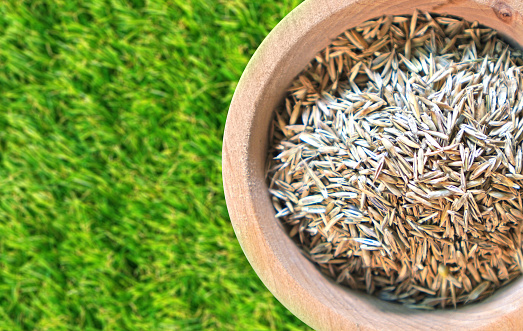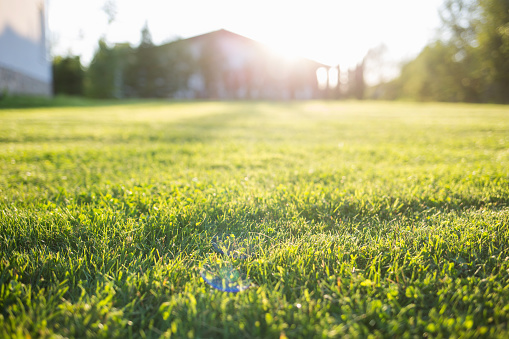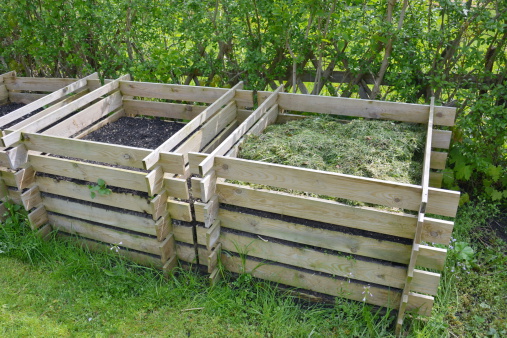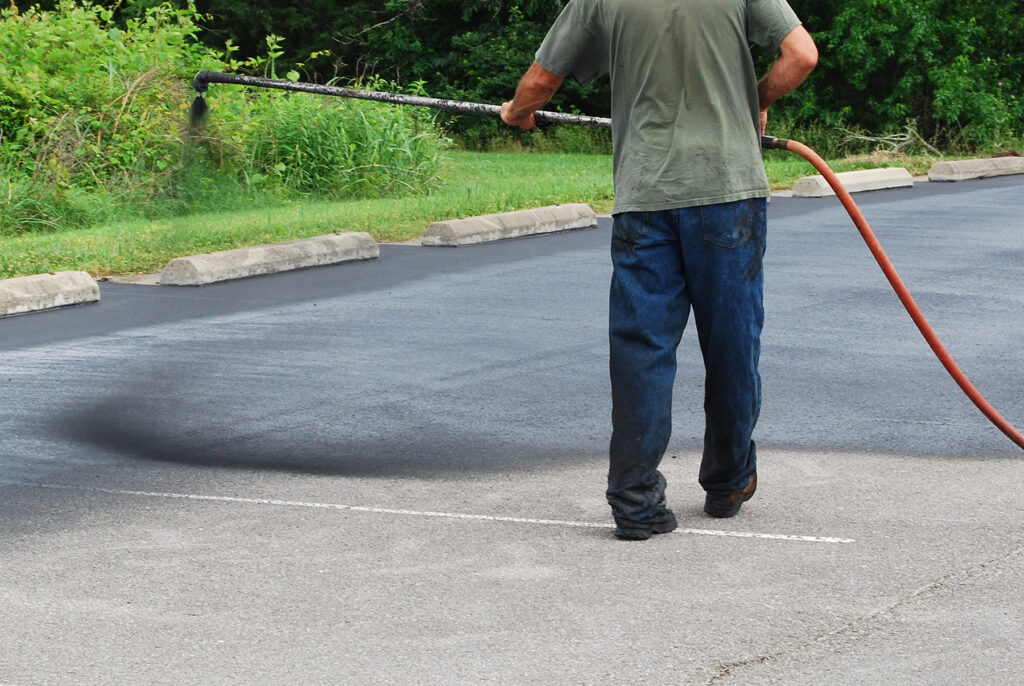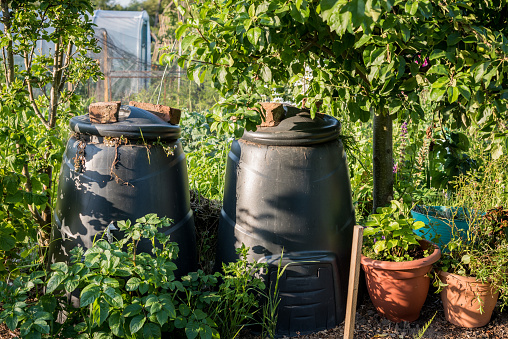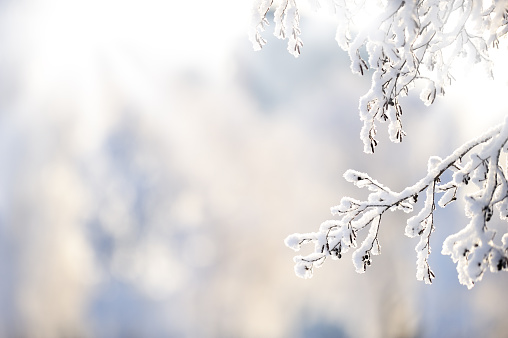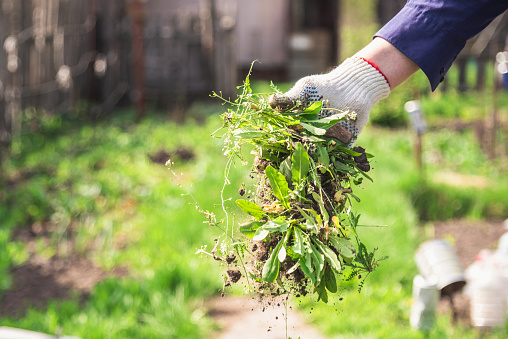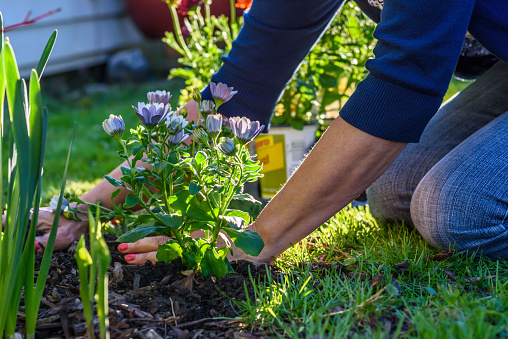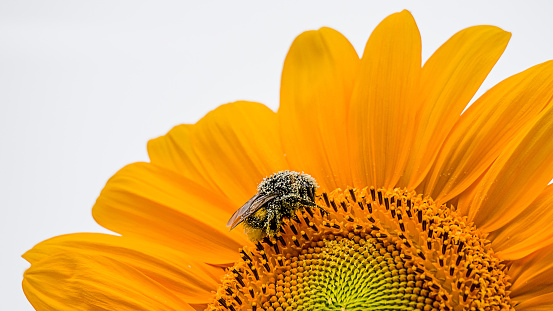
When homeowners are planning and planting their flower beds, their focus is usually on things like the easiest flowers to grow, and the color palette of the annuals that will compliment their home’s exterior paint color. However, one topic that is often overlooked and shouldn’t be is how to create a bee-friendly space. Not only are bees crucial to the health of mankind, but they also pollinate plants like fruit trees, vegetables, along with other ornamental plants. Honeybees pollinate an estimated 75 to 85 percent of all food crops. Therefore, it is certainly in every homeowner’s best interest to create bee destinations around their homes with flowering plants and healthy nectar to eat. Let’s take a look at the different flowers you can plant to attract more bees.
Goldenrod
While it is often confused with the allergy-inducing ragweed, goldenrods actually have many health benefits like the reduction of pain and inflammation. Bees love to flock to its golden blooms.
Bee Balm
Also known as wild bergamot, bee balm has fragrant foliage that will surely attract more pollinators to your garden. Try to plant these in a sunny spot for the summer blooms.
Black-Eyed Susan
This yellow flowering plant is related to sunflowers and is a native wildflower. As they are sun-loving and drought-tolerant, the summer is their chance to bloom and continues into the fall months.
Chive Flowers
These violet pom-pom shaped flowers are usually seen popping up in chive patches in the early spring months. You will want to plant these in a pot as opposed to directly in the ground and this is because they grow fast and can easily overtake your garden.
Mint
Mints are a great garden herb, and this lavender flower appears sometime between June and September. Similar to chives, these are quick spreaders and can choke out nearby plants, so it would be best to plant them in a pot.
Sunflowers
When sunflower heads open, it reveals a plethora of tiny pollen and nectar-rich flowers making them another ideal bee destination for your yard. You can look to plant tall varieties in the back of a garden or you can try interpersing shorter ones throughout the garden bed.
Flowering Thyme
Thyme is another ideal addition to an herb garden as they can serve multiple purposes. Not only will bees buzz around the flagrant blossoms, you can even pick them for your cooking whether it’s in a salad as a garnish, or sprinkled on some avocado toast.
These are just a few of the many flowers you can plant in your garden to make it a more friendly bee destination. If you have any additional questions, feel free to contact Giovine Landscaping at (973) 325-1758.

